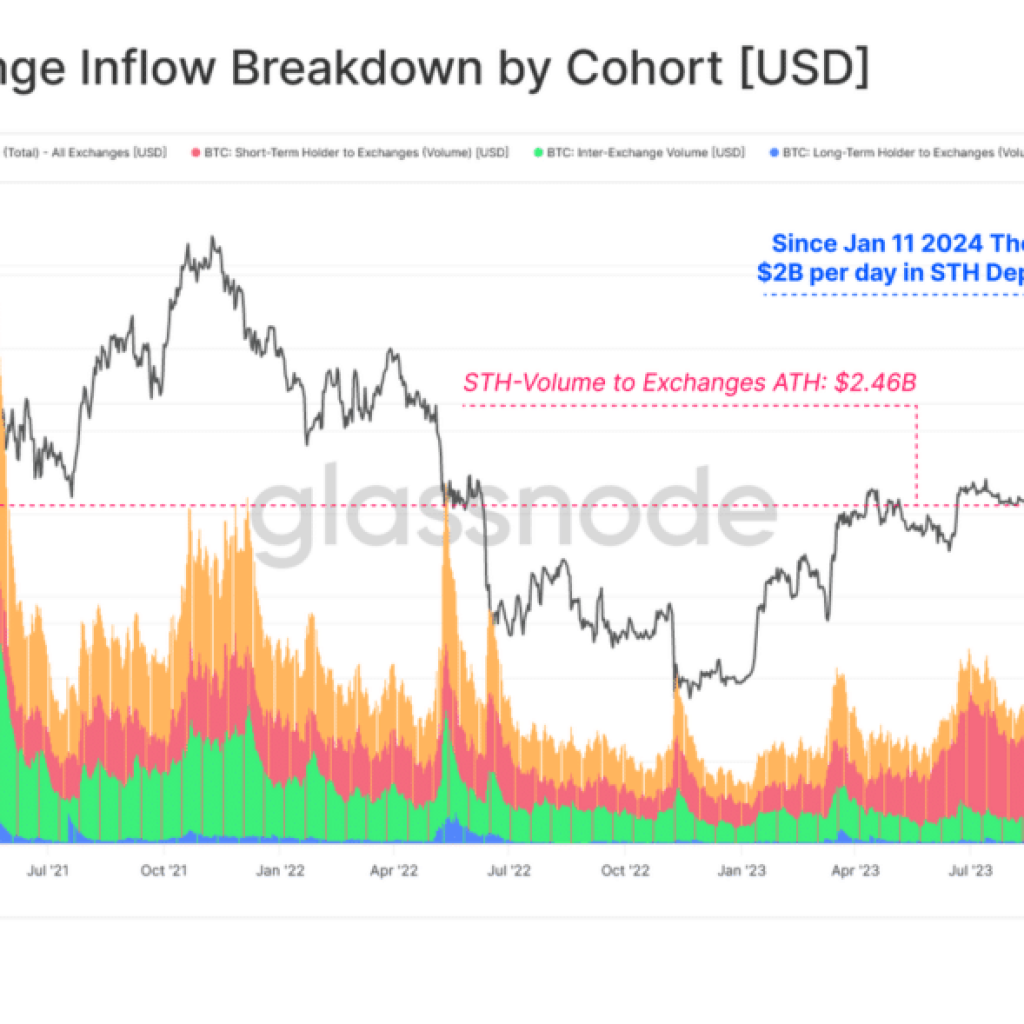For the first time in two decades, a seismic shift has occurred in global finance, with China’s Yuan plummeting beneath the might of the US dollar. This development rattles the cages of traditional economic power dynamics, marking a crucial juncture in the ongoing BRICS de-dollarization efforts.
The Dedollarization Story So Far
The journey away from the dollar has not emerged from the shadows of a single competing currency like the Yuan. Instead, it’s a patchwork of local currencies gaining traction in bilateral cross-border payments. The Yuan, with China’s towering presence in global trade, draws the spotlight as the dollar’s main adversary. Yet, the real narrative is not just about these two currencies but about a broader shift in global economic currents.
Private firms across the world, the real puppeteers of currency usage, respond to the shifting sands of financial incentives. Access and the cost of dollar financing are their playfield. Today, we witness an intriguing twist: borrowing in Yuan is markedly cheaper than in dollars. This isn’t just a tale of geopolitics but also a clear reflection of interest rate disparities.
The dollar’s dance over decades is a saga of rises and falls. Once holding nearly 80% of global reserves in 1970, it dipped and swayed to 59% by 2020. The Yuan, alongside other currencies, has nibbled away at the dollar’s dominance, albeit not replacing it but rather joining a diversified currency basket.
Macroeconomic Headwinds and the Dollar
Sanctions, geopolitics, and macroeconomic winds have all conspired to chip away at the dollar’s fort. The US dollar, though still a goliath, finds itself in a tug-of-war with emerging economic powers like China and Russia. Their increasing shift to the Yuan in trade settlements, driven not solely by fear of sanctions but also by the alluring lower borrowing costs and liquidity concerns, paints a complex picture.
Trade finance, the lifeblood of global commerce, heavily influences currency choices. The recent rate hikes by the US Federal Reserve have upended the cost-effectiveness of borrowing in dollars, pushing emerging markets toward the Yuan. It’s not just about the economics, though. The recent geopolitical turmoil has fueled the search for alternatives to the dollar-centric financial world.
A stronger dollar, while seeming like a mark of supremacy, has its drawbacks. The appreciation squeezes dollar liquidity, especially in emerging markets, leading to higher borrowing costs and reduced availability of short-term dollar loans. This scenario inadvertently propels firms towards Yuan-denominated loans and bonds.
The surge in dollar borrowing costs and the constraints on dollar liquidity have nudged firms toward the Yuan for trade financing. As a result, they are increasingly engaging with alternative global financing infrastructures developed by China, like the Cross-Border Interbank Payment System (CIPS). This system has grown exponentially, reflecting a broader shift in the financial world’s tectonic plates.
China’s Belt and Road Initiative (BRI) exemplifies this shift. Initially denominated largely in dollars, the BRI has seen a pivot towards the Yuan, especially as borrowing costs between the two currencies converge. This shift is not just a matter of economics but also a strategic move to bolster the Yuan’s international stature.
However, it’s not all smooth sailing for the Yuan’s global journey. The currency faces significant structural hurdles, like its non-convertibility and the overarching presence of the Chinese government in financial matters. These factors might give global firms a moment of pause, considering the implications of aligning too closely with China’s economic machinery.
Looking ahead, the landscape of global finance appears to be at a crossroads. While the Yuan is making strides, the dollar, influenced by the Fed’s future policy decisions, might regain some of its lost ground. However, it’s unlikely to return to its former glory days of near-zero interest rates that once gave it an overwhelming advantage.
In disentangling the complex web of geopolitics, sanctions, and macroeconomic trends, it’s vital for policymakers to understand the nuanced forces at play. Overemphasis on one aspect could lead to misjudged responses and missed opportunities in navigating the ever-evolving global economic arena.






